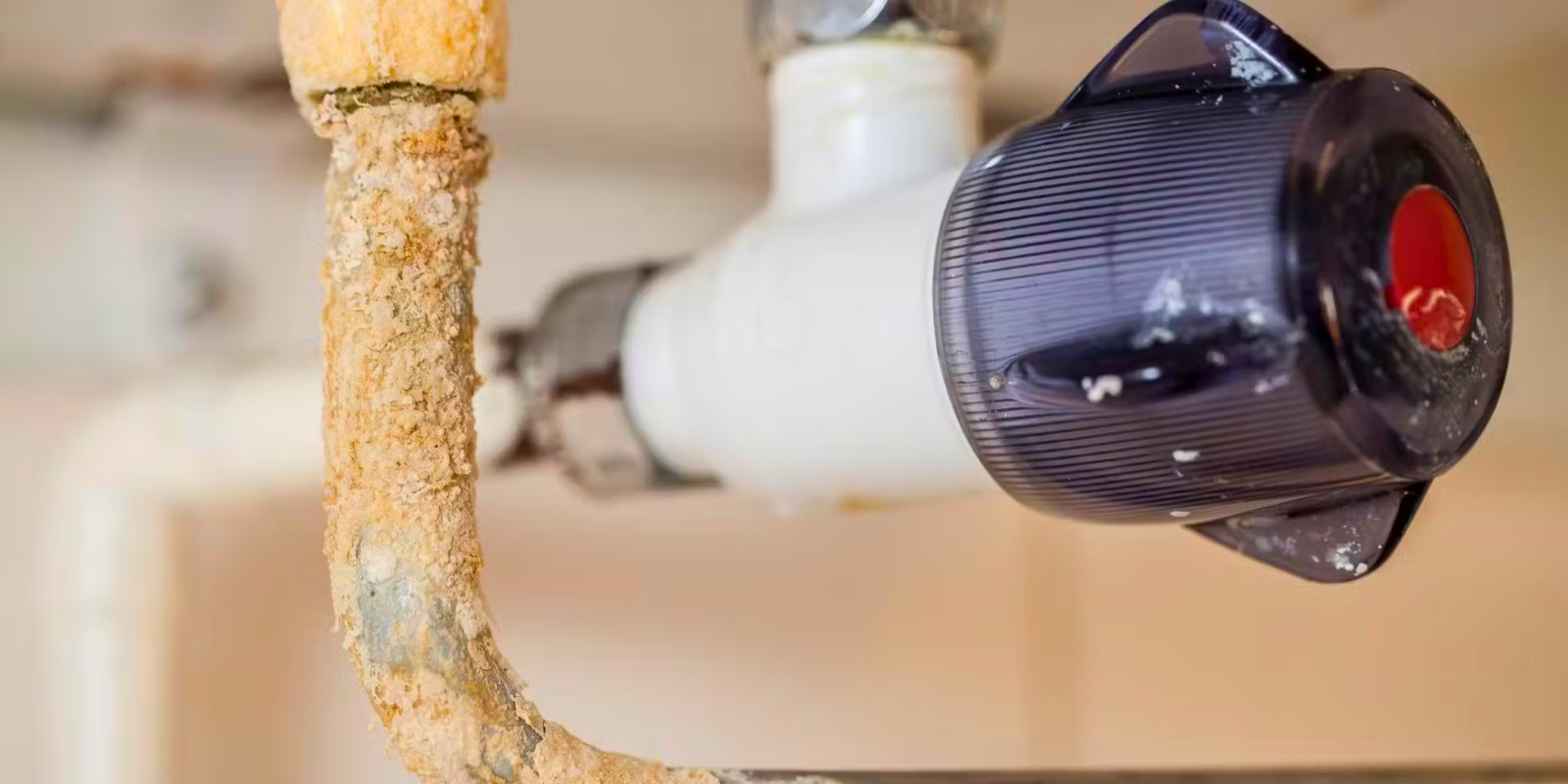
Going tankless in Canada can save you a lot of money on your energy bills. Tankless water heaters are more energy-efficient than traditional tank water heaters, and they can save you up to 50% on your water heating costs.
If you're thinking about going tankless, there are a few things you need to know. This guide will tell you everything you need to know about tankless water heaters, including how much money you can save by going tankless.
Tankless water heaters work by heating water on demand, instead of storing hot water in a tank. This means that you'll never run out of hot water, and you'll save energy by only heating the water you need.
The initial cost of a tankless water heater is higher than a traditional tank water heater, but the long-term savings are worth it. Tankless water heaters can last up to 20 years, twice as long as traditional tank water heaters.
The average household can save $100 or more annually by switching to a tankless water heater. This is because tankless water heaters are more efficient than traditional tank water heaters. Tankless water heaters only heat water when you need it, so you're not wasting energy heating and re-heating water in a tank.
In addition to saving money and lasting longer, tankless water heaters have a few other benefits:
With a tankless water heater, you never have to worry about running out of hot water. Traditional tank water heaters only hold so much hot water and need time to heat up more water if you use it all. This can be a problem if you have large families or love to entertain. A tankless water heater provides endless hot water on demand, so you never have to worry about running out.
Tankless water heaters are much smaller than traditional tank water heaters. They can be mounted on the wall, freeing up valuable floor space.
Tankless water heaters are more environmentally friendly than traditional tank water heaters. They use less water and less energy, and they last twice as long.
Size: Make sure you choose a tankless water heater that is the right size for your home. If you choose a tankless water heater that is too small, it won't be able to keep up with your hot water needs. If you choose a tankless water heater that is too large, you'll be wasting money on energy that you don't need.
Fuel Type: Tankless water heaters can be powered by electricity, natural gas, or propane. Make sure you choose a tankless water heater that is compatible with the type of fuel you have available.
Flow Rate: The flow rate is the amount of water the tankless water heater can deliver per minute. Make sure you choose a tankless water heater with a flow rate that can keep up with your hot water needs.
Cost: The initial cost of a tankless water heater is higher than a traditional tank water heater, but the long-term savings are worth it. Tankless water heaters can last up to 20 years, twice as long as traditional tank water heaters.
Going tankless in Canada can save you a significant amount of money on your energy bill. The average household can save an average of $100 per year by making the switch to a tankless water heater. There are a number of factors to consider when choosing a tankless water heater, such as the size of your home, the number of people in your household, and your hot water usage. However, tankless water heaters are a great way to save money and energy, and they are becoming increasingly popular in Canada.
ERM Plumbing & Heating can provide with installation and repair of hot water tanks in Calgary, among others. Contact us to get a quote today!
.jpg)
Actionable strategies to protect your pipes during our harsh winters.
Read More
As Calgary shifts from summer into cooler evenings, many homeowners will soon test their furnace
Read More
If you live in Calgary, chances are you have dealt with hard water at some point.
Read More